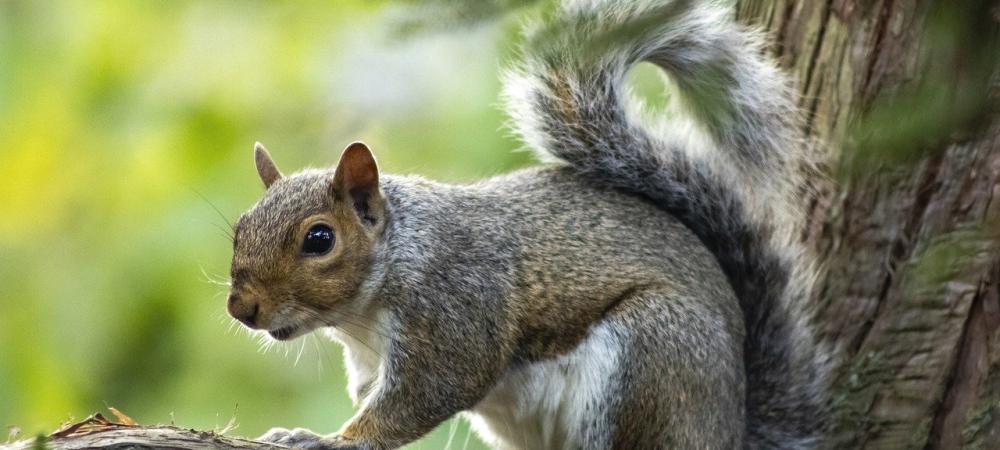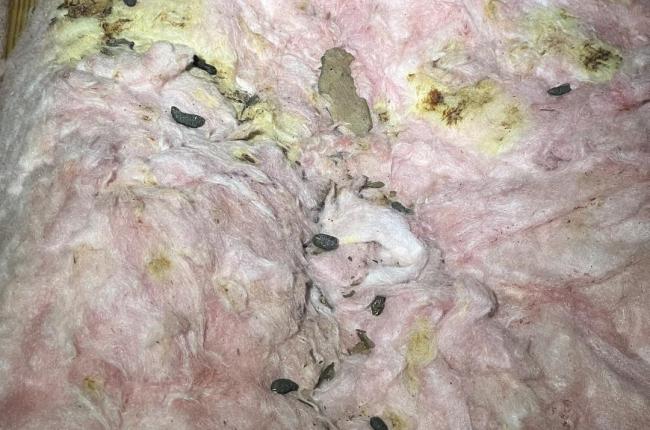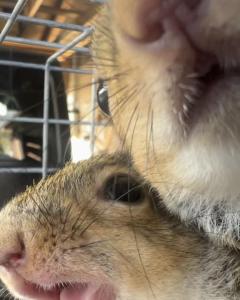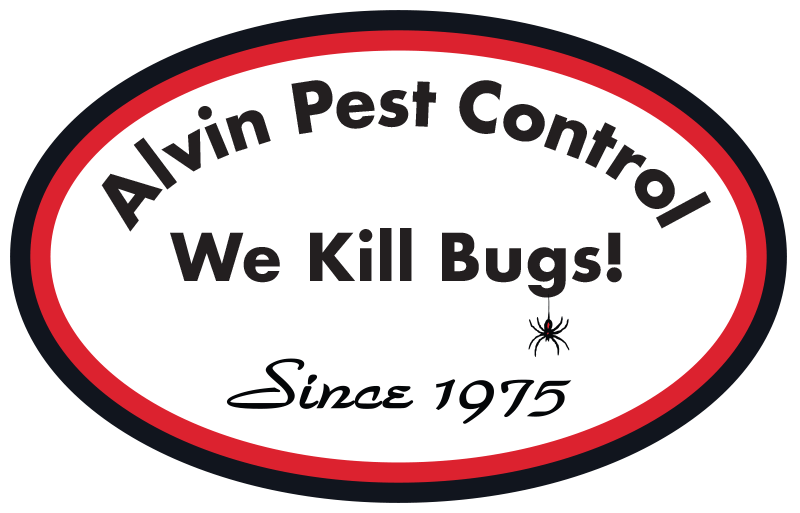Why Are Squirrels in My Attic in Texas? | Signs, Damage & What to Do Next

Table Of Contents
Squirrels in Texas are more than backyard wildlife, they’re a growing concern for homeowners in suburban areas like Alvin, Friendswood, and Pearland. As development expands into wooded areas and seasonal shifts drive animals to seek shelter, attics across Southeast Texas have become prime nesting sites. At Alvin Pest Control, we’ve handled hundreds of these cases across Southeast Texas, and we know that fast, thorough action is key to protecting your home.
This guide outlines why squirrels enter attics, the risks they pose, and the most effective long-term solutions—based on what we see every day in the field.
Why Squirrels Target Attics in Texas
Squirrels are intelligent, agile animals that take advantage of even small gaps in a roofline or soffit. Once inside, they build nests using insulation, debris, and food they bring in from outside. In cooler months, especially fall and winter, squirrel activity increases as they seek out warm, quiet spaces to raise their young.
Key Factors Driving Squirrel Infestations:
- Seasonal Shelter Needs: Cooler temperatures in fall and winter lead squirrels to seek insulated, secure spaces to nest and raise young.
- Construction Gaps: Roof vents, soffits, chimneys, and gaps in fascia often provide unintended access points.
- Nearby Food Sources: Bird feeders, pet food, fruit trees, and unsecured trash attract squirrels and keep them near the home.
Attics provide the quiet, warmth, and insulation these rodents need to build nests—and once they’re in, they’re rarely alone. For more on how to prevent squirrels and other wildlife from invading your home during colder months, check out our detailed winter rodent prevention guide.
Signs of Squirrel Activity in the Attic

Recognizing the signs of a squirrel infestation early can help limit damage. Common Signs of Squirrels Include:
-
Noises in the Attic: Scratching, scampering, or rolling sounds, especially around dawn and dusk, often indicate active squirrel movement
-
Chewed Wires or Insulation: Squirrels gnaw on electrical wiring and tear up insulation to build nests, creating fire hazards and reducing energy efficiency
-
Foul Odors: Droppings and urine near attic spaces or vents can cause strong, lingering smells and potential health concerns
-
Visible Roof Damage: Gnawed fascia boards, lifted shingles, or damage around vents often signal an entry point squirrels are using.
Because squirrels are diurnal (active during the day), activity is often heard in the early morning or late afternoon, distinguishing them from nocturnal animals like raccoons or rats.
The Risks of an Untreated Squirrel Infestation
We’ve seen firsthand how extensive squirrel damage can become when left untreated. Squirrels are not simply a nuisance—they can cause:
- Fire hazards: By chewing through live electrical wires.
- Energy inefficiency: Rodents flatten your insulation when they nest, making it less effective
- Contamination: Feces and urine create odor and health concerns.
- Structural damage: Persistent gnawing weakens wood framing, fascia, and ducts.
Left unchecked, a single squirrel can quickly turn into a full nest—creating even more mess and risk.
Squirrel Species We Commonly Remove in Southeast Texas
Effective squirrel removal starts with proper species identification. In Texas, we typically encounter three types of squirrels in the attic:

- Eastern Gray Squirrels: The most common attic invader. Active during the day and known for chewing through roof vents and fascia.
- Fox Squirrels: Larger in size and capable of creating wider entry points. Common in both rural and suburban areas.
- Southern Flying Squirrels: Small, nocturnal gliders that nest deep in insulation or wall voids. Often overlooked until damage is already done.
Each species has distinct behaviors, activity times, and nesting patterns—something our team considers carefully when inspecting a home.
Why DIY Squirrel Removal Doesn’t Work Long-Term
We’re often called in after homeowners attempt to solve squirrel problems on their own. While DIY solutions might offer short-term relief, they rarely provide a full resolution. Here’s Why DIY Squirrel Removal Fails:
- Traps don’t solve the root issue: You might catch one squirrel, but without sealing access points, others will return.
- Repellents are inconsistent: Store-bought deterrents fade quickly and don’t address nesting behavior.
- Nests and babies are often missed: Removing the adults without addressing nests leads to odor, noise, or further infestations.
- Environmental factors go unchanged: Tree branches, food access, or unsecured vents continue to attract wildlife.
It’s important to remember that in Texas, squirrels are classified as nuisance wildlife, and their removal must comply with state laws requiring humane treatment and proper relocation. Our licensed and trained team follows these regulations closely to ensure ethical, legal, and effective removal.
Professional removal includes thorough inspections, humane trapping, repairs, and prevention, ensuring lasting results. Learn more about our comprehensive wildlife control services designed to protect your home year-round.
Schedule Professional Squirrel Removal in Alvin, TX and Beyond
Squirrel activity won’t go away on its own—and the longer it continues, the more damage it can cause. If you’ve heard noises in your attic or noticed signs of a squirrel invasion, it’s time to act. Contact Alvin Pest Control today for a free wildlife removal quote and customized solution that protects your home and your peace of mind.
